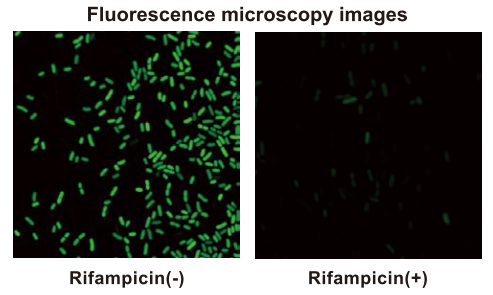Caution Notice:
It has come to our notice that certain fraudulent individuals or entities are misusing our Company’s name and TCI’s registered trademarks by promoting and offering for sale regulated and hazardous chemical substances, including Potassium Cyanide, through online platforms like YouTube. We hereby categorically clarify that TCI has no association or connection whatsoever with the products being displayed or sold in these or similar videos. These products have been falsely represented as being associated with TCI, and the unauthorized use of our trademark and brand name is both illegal and misleading. TCI Chemicals is a responsible global organization committed to adhering to all applicable international and domestic regulatory frameworks. We do not manufacture, distribute, or engage in the sale of regulated chemical substances in India or in any other jurisdiction unless specifically authorized by the relevant laws and regulatory agencies. All our operations and offerings are governed by stringent safety, quality, and compliance protocols in accordance with applicable laws. Further, TCI Chemicals markets and sells its products exclusively through its official website and authorized distributors. We do not sell, endorse, or supply our products through any third-party platforms, unauthorized agents, or resellers. Any individual or organization purchasing products outside these official channels does so at their own risk, and TCI disclaims all responsibility and liability for any consequences arising therefrom. Members of the public, customers, and partners are strongly advised to exercise caution and conduct due diligence before engaging in any transactions involving products claiming association with TCI Chemicals. The official list of our authorized distributors is publicly available and may be accessed at: https://www.tcichemicals.com/IN/en/distributor/index. We are currently pursuing appropriate legal remedies against those misusing our brand, and we reserve all rights available to us under applicable intellectual property and criminal laws. If you become aware of any such fraudulent activity or require clarification, you may reach out to us at: Sales-IN@TCIchemicals.com. Your vigilance and cooperation are essential in safeguarding the public interest and protecting the integrity of the TCI brand.
Maximum quantity allowed is 999

With the improvement of analytical techniques at the single molecule and single cell level, and because RNA is sometimes a target for nucleic acid drugs, RNA imaging has become a very important tool in molecular biology and drug discovery research. Here we introduce products effective for RNA imaging.
Advantages
- Stains RNA in bacteria.
- Wavelengths of RNA stained with T-Fluor 480: λex, max = 450 nm, λem, max = 485 nm
- Very high fluorescence intensity. The signal can be observed without washing.
- Tested for RNA staining.
Application: RNA staining of E. coli with T-Fluor 480
- Cultivate E. coli BW25113 on LB medium at 37°C overnight.
- Add 1/100 volume of culture medium to LB medium with or without 100 µg/mL rifampicin (*) and incubate at 37°C for 4 hours.
- After removing the supernatant by centrifugation, add PBS containing 6.5 μg/mL T-Fluor 480 to the pellet and stain at room temperature for 5 minutes.
- Observed under a fluorescence microscope using a filter for GFP.
* Rifampicin: RNA synthesis inhibitor

RNA staining was observed in rifampicin(-) medium where RNA synthesis was not inhibited.
(The images were provided by Dr. Shinya Sugimoto.)
Application: Observation of RNA in transparent biofilm
- Incubate Methicillin-resistant Staphylococcus aureus (MRSA) in a glass-bottomed dish for 24 hours to form a biofilm.
- Remove the culture medium and suspended bacteria. Then fix and wash the biofilm.
- Add 8 µg/mL T-Fluor 480 solution in PBS to the dish, and stain the biofilm at room temperature for 30 minutes.
- Add PBS or biofilm clearing reagent iCBiofilm-H1 (Product No. T4031) to the dish, and observe the biofilm.

The addition of iCBiofilm-H1 made the biofilm transparent, and RNA deep in the biofilm was observed.
(The images were provided by Dr. Shinya Sugimoto.)


